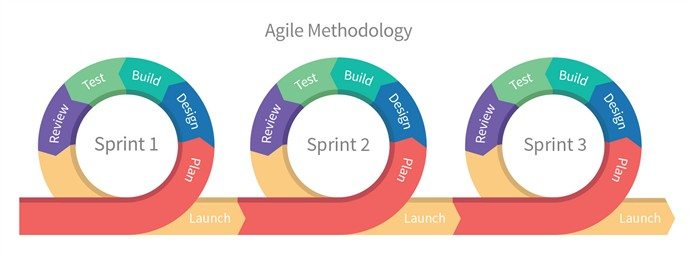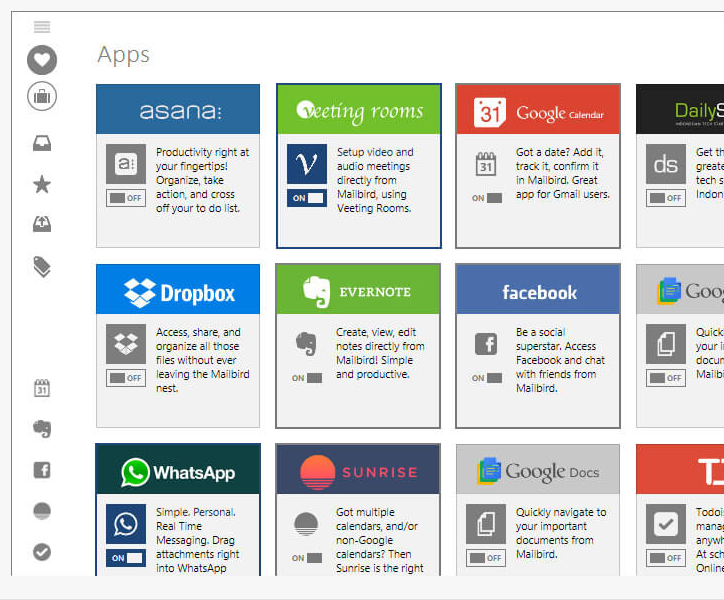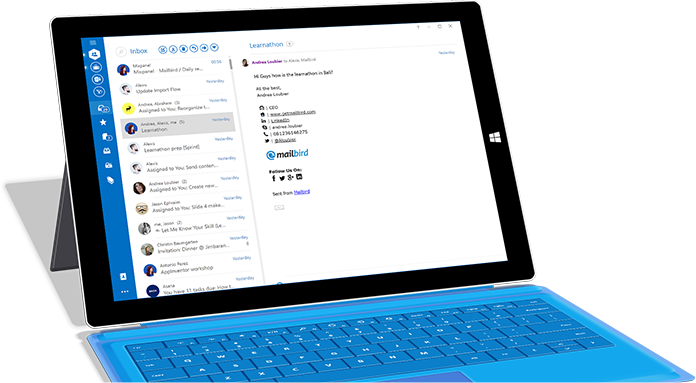How to Supercharge Your Remote Team’s Communications
 Contributed by
Andrea Loubier
October 13, 2017
Contributed by
Andrea Loubier
October 13, 2017

The way we imagine the workplace is an office with desks, a water cooler, a conference room and probably a sad little area for ‘fun’.
As much as that might’ve been true in the 90s, we’ve come a long way since. There’s no more resentment from the early morning commute, or terrible small talk in the elevator. Now — in the age of remote work — we’ve never been in a better position.
I’ve worked remotely almost all of my life. I’ve found good communication is the only thing that makes remote teams anything different to a bunch of disconnected people, alone on their laptops in silence.
Over the years, I’ve learned a lot about quality communication, email productivity, feedback loops and using the right tools. In this article, I’ll share some of that with you.
Don’t Scatter Your Communication All Over The Place
With so many shiny apps out there, it can be tempting to spread your work out between all of them, but it’s also horribly unproductive for you and your team. Imagine if I wanted to check the status of an article in progress, and had to first check Trello for the link, then Google Docs for the comments, then go onto my emails to send my reply. That’s three apps for one job.
I don’t know the workflows and processes that are best for you, but I found that integrating my apps together did the trick. For example, I have my Trello activity feeding into a chat channel. When a link’s posted in Trello, it goes to Slack. I can get notified instantly and don’t have to continually keep track of my notifications.
With Mailbird, you can have these notifications live inside your inbox. Mailbird integrates with Dropbox, Asana, WhatsApp and Veeting Rooms, to name a few. That means you never have to stray outside of your inbox if you’re just looking for an update.
Tighten Up Your Team’s Feedback Loop
One of the most frustrating things about remote teams is the approval flow. If you’re working across different time zones, getting approval on work can be something the manager has time for only a couple of times a week, which can be a killer to your workflow.

Tightening up the feedback loop isn’t a quick fix, but something to start implementing right at the employee onboarding stage. Based on Agile methodology, encourage your team to work in short sprints, present work for review then quickly iterate on it.
Keep a base for all communications, like email or a project management app, and review quickly and often. This will kill off any bloated processes that take too much time and force you to speed up the approval flow, which is better for everyone.
Encourage Email Productivity Best Practices
When done badly, email is a terrible way to communicate. With the right best practices in mind, however, it can be tamed and used effectively. I’ve written before on the topic, so I just want to give you a rundown of the sorts of habits you should get into to make email more manageable.
Bundle your low priority emails together and keep them out of the main inbox
You don’t want an important email to be treated with as much importance in your inbox as some pesky email notification, so teach your inbox to bundle these together and keep them out of the way.
In Gmail you can do this by creating a filter. In Inbox by Gmail, it’s as simple as turning on the ‘Low Priority’ and ‘Updates’ bundles and making sure it catches the right emails for a few days.
As soon as you check your emails, decide what to do with each one
You don’t want to get into the habit of checking your emails just to read them, then coming back later to take action on them. You should instead set aside a few allotted times in the day to process everything fully. David Allen’s Getting Things Done recommends this as an approach to task management, but it can also be great for emails.
When processing your inbox, treat each email as one of these categories:
- Do — if it can be done in less than 2-5 minutes, just do it now
- Delegate — forward the email, or paste it in chat for someone else to action
- Defer — snooze the email, or add it to your to-do list for later
- Delete — it’s best to get rid of the emails you don’t need to do anything with
- File — the worst option; tag the email and set yourself a reminder to process that tag
As a general rule, after you reply you should archive (not delete!) the email.
Use canned responses to answer all common questions
Getting the same questions from different people, over and over again? Using Gmail’s canned responses feature, and save the reply when you answer the question next. That way, you’ll never have to type the same mind-numbing email out again!
Common things you might need to make could be ‘where’s the link for X?’, ‘can you put me in touch with Y?’ and ‘what’s your office’s address?’.
Use A Desktop Mail Client To Beat Distraction
One of my worst sins of the past has been going online to check my emails and ending up on the 40th page of reddit. With a desktop mail client like Mailbird, that’s never going to happen again.
In the past, with apps like Outlook, people didn’t have to open their browser to check their emails, but when Outlook fell into the realms of hilarious legacy software and Gmail took over, the amount of wasted hours must’ve been insane. For example, the world spends a collective 15 hours per day googling the term ‘www.gmail.com’.
And that’s just the start of it. I’d be willing to bet individuals accidentally spend several hours a week wasting time on the internet when they only came on to check their emails. It’s a really simple solution — just use a desktop mail client and save yourself hours of wasted time.
So, there you have it. A quick guide that will help you and your team stop wasting time on communications, use their tools more effectively and ultimately get more done. If you have any more ways you’ve found useful, let me know in the comments.
Written By:

Benjamin Brandall is British writer living in Latvia. He writes on productivity, startups and software at Process Street. Find him on Twitter here.












Sorry, the comment form is closed at this time.